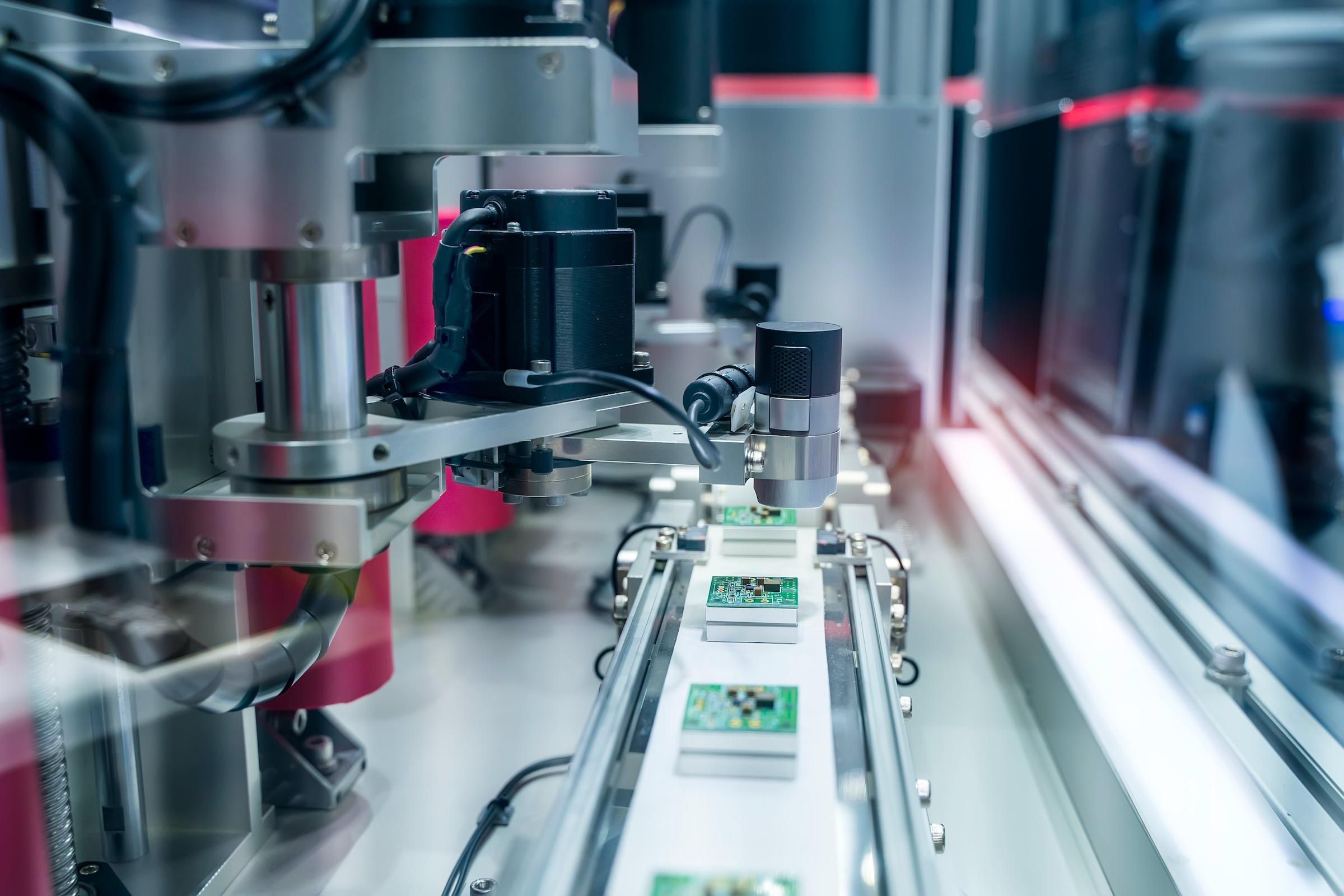
Master Bond adhesive formulations provide solutions for challenging assembly applications in manufacturing electronic wearable devices. Product formulations include epoxies, silicones, epoxy-polyurethane hybrids, cyanoacrylates, and UV curing compounds.
There are some fundamental things to consider when deciding what is the right adhesive for the assembly of electronic wearable devices. Miniaturization of devices, and the need to meet critical performance specifications with multiple substrates, require an analysis of which chemical composition is most suitable to satisfy the required parameters.
These preliminary decisions are often predicated on the tradeoffs between different adhesive chemistries. They may vary widely, and in many cases are essential in achieving the needed goals in adhering parts and surfaces properly.
The shape of the wearable device, flexing and bending requirements, joining similar or dissimilar substrates, how long it will be worn, and where it will be worn, are some of the factors that are a prerequisite in deciding the type of adhesive. The types of stresses the device will be exposed to and the environmental conditions are also consequential. Viscosity, cure speed, and gel time, working life, and pot life are significant from a processing standpoint.
Adhesives are gaining popularity for wearable electronic devices because many provide structural integrity, good drop, shock, impact performance, thermal stability, and resistance to moisture, fluids such as sunscreen oil, soda, water immersion, sweat, as well as normal wear and tear. Specific grades feature good electrical and thermal conductivity, bond well to dissimilar substrates, minimize stress, have high elongation or flexibility and can be applied in ultra small areas for miniaturized designs. Special, dual curing products have a UV tacking capability combined with a secondary heat cure mechanism for fast cures. User friendly solvent and lead free compositions have low halogen content, excellent thermal cycling capability and adhere well to metals, composites, many plastics, fabrics.
Specific Master Bond adhesives pass USP Class VI and ISO 10993-5 standards for biocompatibility. These may be utilized in wearable, invasive, and non-invasive medical sensors used for surgeries, diagnostics, therapeutics and in monitoring systems. Some prominent applications range from sleep apnea therapy devices, dialysis machines, videoscopes, infusion pumps, monitoring equipment, and respiratory equipment to blood pressure monitoring, instruments and body temperature measurement devices.
Mobile wellness wearable sensors have been instrumental in monitoring our fitness, calorie/burn consumption, and activity levels. Through the use of many different polymeric systems including many that contain nanofillers, Master Bond has provided medical sensor manufacturers with adhesives that aid in the design of miniaturized, lighter weight, lower power devices.
Several case studies have cited using Master Bond adhesives in their medical sensors. One includes researchers at The University of Tennessee; they used EP30Med in their measurement tools and gauges for their medical device applications. EP30Med was chosen for its low viscosity, non-rapid set up time, USP Class VI approval and other performance properties.
Another case study involves electronic textile (e-textile) technology, in which microelectronics are embedded into fabrics. In this study, the University of Southampton investigated the influence of material selection and component dimensions on the reliability of an e-textile packaging approach under development. The key measures of reliability considered in this study were the shear load and bending stresses of the adhesive and substrate layers of the flexible package. One of the adhesives tested included Master Bond EP37-3FLF.
[“source=spectrum”]

